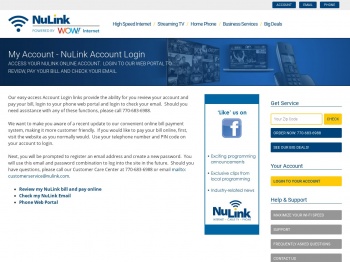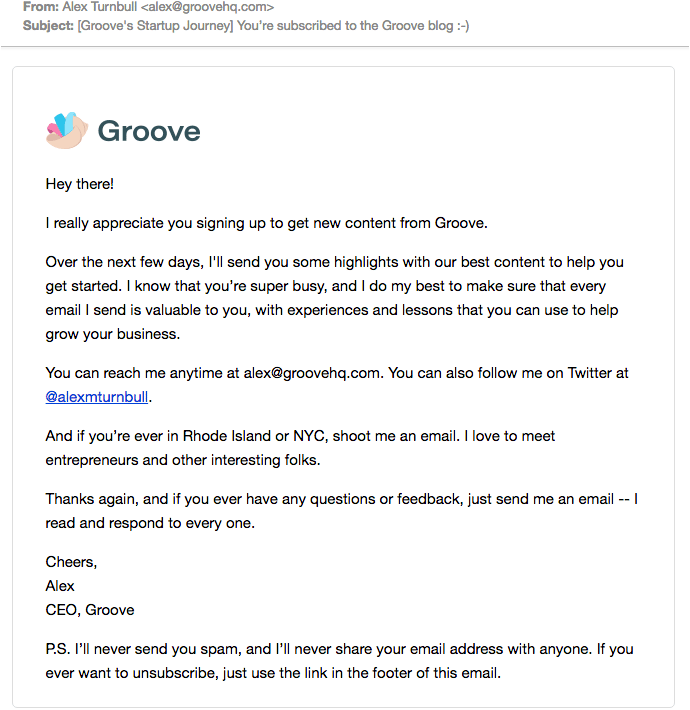

That’s why even if you use the same email design across different ESPs, the email template and its HTML code will look different when sent out with each ESP. There are 5 main elements that determine how an email renders:ĭepending on which email service provider you use, it’s very likely that they will strip some parts of your HTML code. Source: Chamaileon Why do emails render differently? The HTML code is very light due to the absence of design elements.Īs you can see from the example below, HTML emails use different types of fonts, colors, background colors, CTA, round corners, columns, images, multiple links, etc.

Plain text HTML emails use only plain text and maybe a link or two. Today, luckily, you don’t need to code an HTML email anymore because there are many responsive email template builders that can do all the coding work for you. The more elements an email has, or features being used in that email (for example, columns, images, text, background images, colors, links), the more HTML will be in the email. It just depends on how much HTML is being used. What you might not know is that almost every email is an HTML email. You probably already know the difference between plain text and HTML emails. You will find out about the most common rendering issues and how email clients render certain elements or features used in an email.

You came to the right place because we are going to teach you everything you need to know about email rendering. You’ve started digging deeper into understanding the crazy challenges email developers face every day. You must be wondering what went wrong since you used a professional responsive email builder and followed all the best practices on how to create a responsive HTML email. You’ve probably experienced some rendering issues when you sent out your email, such as images not appearing, background not rendering, rounded corners becoming square, columns breaking, and so on. Did you know that every email has 15 000 different rendering previews? According to Litmus, it’s true.


 0 kommentar(er)
0 kommentar(er)
